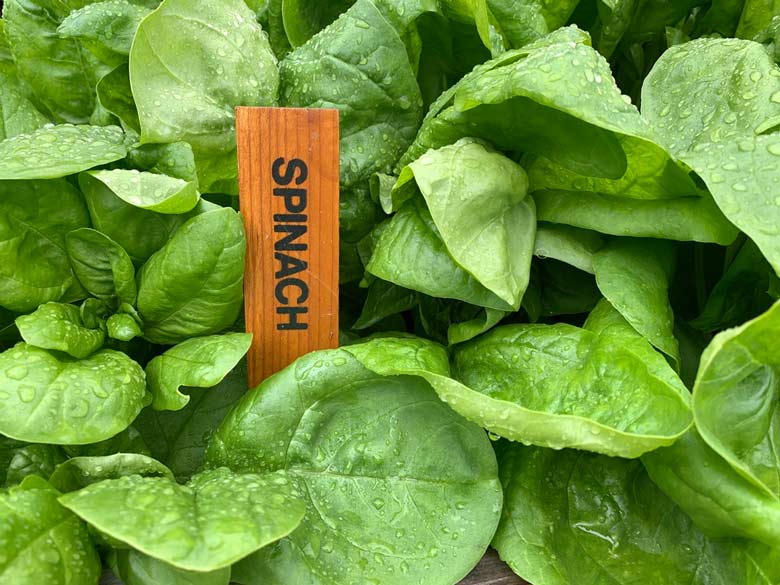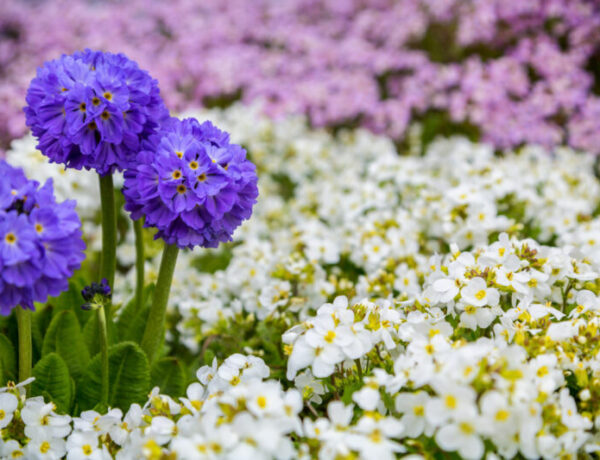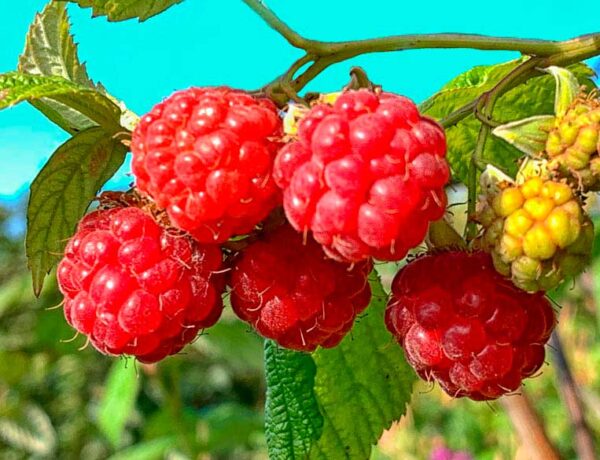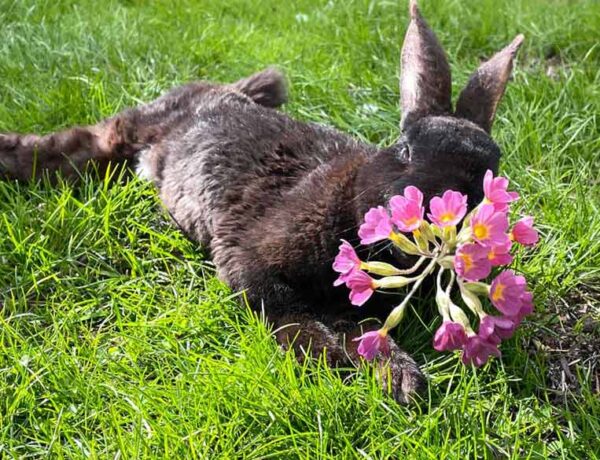Tomorrow is the first day of autumn, when, for a micro-second, we teeter-totter at a perfect point between 12 hours of day and 12 hours of night. Back on Earth, it’s time to make jam, put up pickles, smoke fish, and prepare the garden for next spring.
So today, we’ll start with planting. Yes, planting.
[This organic gardening article was originally published in the Kodiak Daily Mirror, the hometown newspaper for Kodiak, Alaska. You can access the archive page for my past columns, written each week since 1986].
Does it feel weird to think of planting anything when leaves are falling and silver salmon are running? After all, shouldn’t we be dusting off the snow shovel, not picking up the garden spade?
There’s no such thing as a gardening “season”
In other words, there’s no stopping and starting, like a car in traffic. Rather, it just flows. That said, now is THE time to get your spring bulbs and garlic cloves in the ground. And while you’re yanking out bolted lettuce plants and collapsed gladiola flowers (dang, the recent winds snapped many of mine in half), spinach seeds need to be sown.
Now you might be thinking, “Why are you telling us about spinach?” It just so happens that September is one of the best times to sow spinach for late winter fresh salads.
Kale and cress might be the Rock ‘n Roll stars of veggies, but they require they require a 4 to 6-week lead time before setting outside and transplants. Besides, overwintering cruciferous veg plants (cabbage, kale, broccoli, etc.) in your garden allows root maggots to get a stronghold. And since root maggots, according to the Alaska Cooperative Extension Service, are the most serious annually recurring insect pest problem of vegetable growers, this could mean serious consequences to some of your mainstay crops.
Thus spinach, being a non-cruciferous plant, rises to the top as a wonderful winter green for northern latitudes like Kodiak. Spinach loves cool temperatures. And it will produce a bumper crop of early greens (we’re talking March-ish) if–and only if–the seeds are sown early enough for the plants to establish roots.
How to grow spinach as a winter green (3 steps):
1. SEEDS: You have a choice: This year’s seeds or get fresh ones. Favorite varieties include flat-leafed ones such as Olympia and Space. Their upright growth habit means you have less dirt to wash off.
2. SOW: Sow spinach seeds in outside beds, greenhouses, or hoophouses. Seed packets call for specific spacing but I tend to broadcast seeds as if feeding chickens. No telling how well seeds will germinate, so I go for the “more is better” method. Cover seeds with 1/2 to 1-inch of soil.
+ For outdoor raised beds: Initially cover with netting to keep birds and cats out. And later, in October/November, when it’s time to settle the seedlings in for the winter, replace netting with plastic secured over PVC hoops or other supports. Plastic can be solid or perforated.
+ For hoophouses and greenhouses: Same routine, except you probably won’t need the anti-bird netting.
+ Halibut tubs: While I haven’t grown spinach in halibut tubs, it’s worth a try. If you can figure a way to protect the tender seedlings from winter’s wrath, you’d be on to something.
Within a week or so, seeds will germinate. Plants will grow to two to four inches and ten, around October 20, when the day length drops below ten hours, growth slows to a crawl.
3. MOISTURE: During the winter, keep the soil barely moist (not soggy). If allowed to dry out, the seedlings won’t have enough root structure to produce leaves in February and March.
Around February 20, magic happens. The daylength crests over the 10-hour mark and the spinach plants resume their growth, which means you can potentially be eating fresh greens in March.
While you’re waiting for your spinach seeds to germinate, why not make a batch of mixed pickles? This is my favorite refrigerator pickle recipe. They are easy to make and require no processing in a boiling water bath. You can mix all kinds of veggies together: cucumbers, carrots, green onions, chopped bulb onions, green beans, bits of cauliflower, zucchini, you name it.
Refrigerator Pickles: Cucumbers, Cauliflower, Carrots
(Makes 2 quarts)
For the brine:
4 cups of water
2 cups white vinegar (For a sweet ‘n sour pickle use cider vinegar and add 1 cup sugar to each 2 cups vinegar)
8-10 cloves garlic, peeled
6 tsp non-iodized (kosher or canning) salt
Several sprigs of fresh dill
1 tsp celery seed
1 tsp coriander seed
1 tsp mustard seed
1/2 tsp black peppercorns (optional)
For the vegetables (try for a total of 6 cups for 2 quarts):
Cucumbers, sliced into 1/8-inch slices or into cut lengthwise into sticks
Carrots, small whole, or cut in half lengthwise
1 handful of large green onion pieces or green beans
Pieces of cauliflower, etc.
Crushed red peppers
Directions: In a stainless or other non-reactive pan, bring water to a boil, reduce the heat, add the garlic and let it simmer for about for 5 minutes. Add the vinegar and salt (and sugar if you are going to use it), raise the heat and bring to a boil, stirring until everything is dissolved. Remove from heat. (Recipes don’t call for this step, but at this point I pour the liquid through a strainer to catch the garlic).
Into each 1-quart jar, place a few sprigs of dill and a pinch of red peppers. Divide the seeds and garlic between the jars. Then pack the jars full of veggies. Bring the brine back to a boil, pour it over the vegetables to cover completely, let cool, then apply lids and refrigerate.
The pickles are ready to eat any time but will be yummier after a few days. They’ll keep for three to six months, just in time to start harvesting your winter spinach.
++++++++++++++++++
Would you like to read more of these garden columns? Slowly but surely I’m posting over 1,200 articles that you can access here. For personal updates, sign up for my newsletter, the Garden Shed: All Things Organic Gardening. As a thank you for signing up, you’ll receive a FREE PDF: 220 Things You Can Compost. (I’m also on Facebook and Instagram). To get in touch by email: marion (at) marionowenalaska.com





No Comments